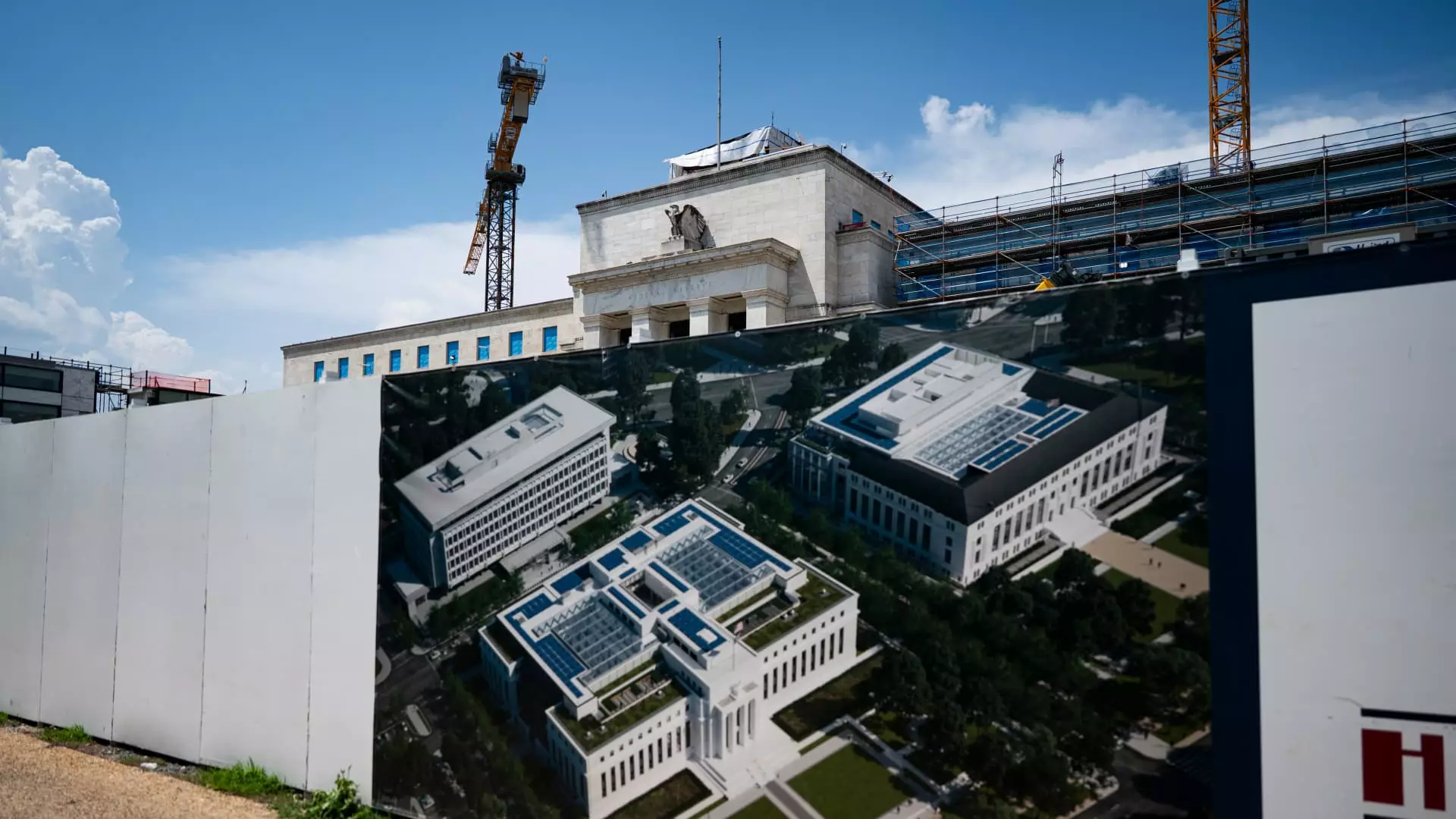The recent controversy surrounding the Federal Reserve’s building expansion reveals deep flaws in how financial institutions with significant influence operate beyond public scrutiny. The fact that the Fed, an institution dedicated to safeguarding monetary stability, can embark on a multi-billion dollar project—initially pegged at $2.5 billion—without transparent congressional oversight exposes a troubling imbalance of power. It calls into question the very checks and balances that are supposed to prevent fiscal mismanagement and wasteful spending in a democracy.
What is most alarming is the perception that the Federal Reserve functions with near-autonomy in matters of infrastructure and expenditures. While the Fed claims that the project is necessary for safety improvements and modernization, the public and responsible oversight bodies should not be content with vague justifications and cost adjustments. Instead, it is vital to demand a comprehensive investigation into how such decisions are made in an institution that influences the entire economy.
Mismanagement and Lack of Accountability: A Symptom of Systemic Flaws
The outspoken criticism from high-ranking government officials, notably from the White House and the Office of Management and Budget, uncovers a pattern of fiscal mismanagement that should alarm every citizen. Describing the project as reminiscent of opulence akin to France’s Palace of Versailles might sound hyperbolic, but it taps into a genuine concern: why does a supposedly non-partisan, public-minded institution feel entitled to indulge in extravagant spending without sufficient transparency?
The Fed’s insistence that the renovations are for safety and compliance, while perhaps valid, do not justify the secrecy or the magnitude of costs escalation. The fact that this expansion has become a political flashpoint highlights the bigger problem: a system that grants extraordinary independence to agencies that are shielded from the traditional checks and balances. This financial insouciance undermines public trust and raises questions about whether the Fed’s priorities align with societal needs.
The Underlying Power Dynamics and Call for Greater Oversight
The involvement of the inspector general—an oversight mechanism responsible for rooting out fraud, waste, and abuse—symbolizes a necessary but insufficient step toward accountability. The federal government’s ability to scrutinize the Fed’s actions must extend beyond token reviews and into meaningful reforms that limit unchecked authority. It is vital for Congress and democratic institutions to reassert their influence over these major financial entities.
At its core, this controversy embodies a broader moral and political dilemma: institutions that are supposed to serve the public good must be kept in check, especially when massive financial decisions are made behind closed doors. Allowing the Fed to operate without ample transparency, particularly in projects that appear more akin to personal fortresses than essential upgrades, smacks of a privilege that erodes public confidence and fosters cynicism about the true priorities of those in charge of our monetary system.

